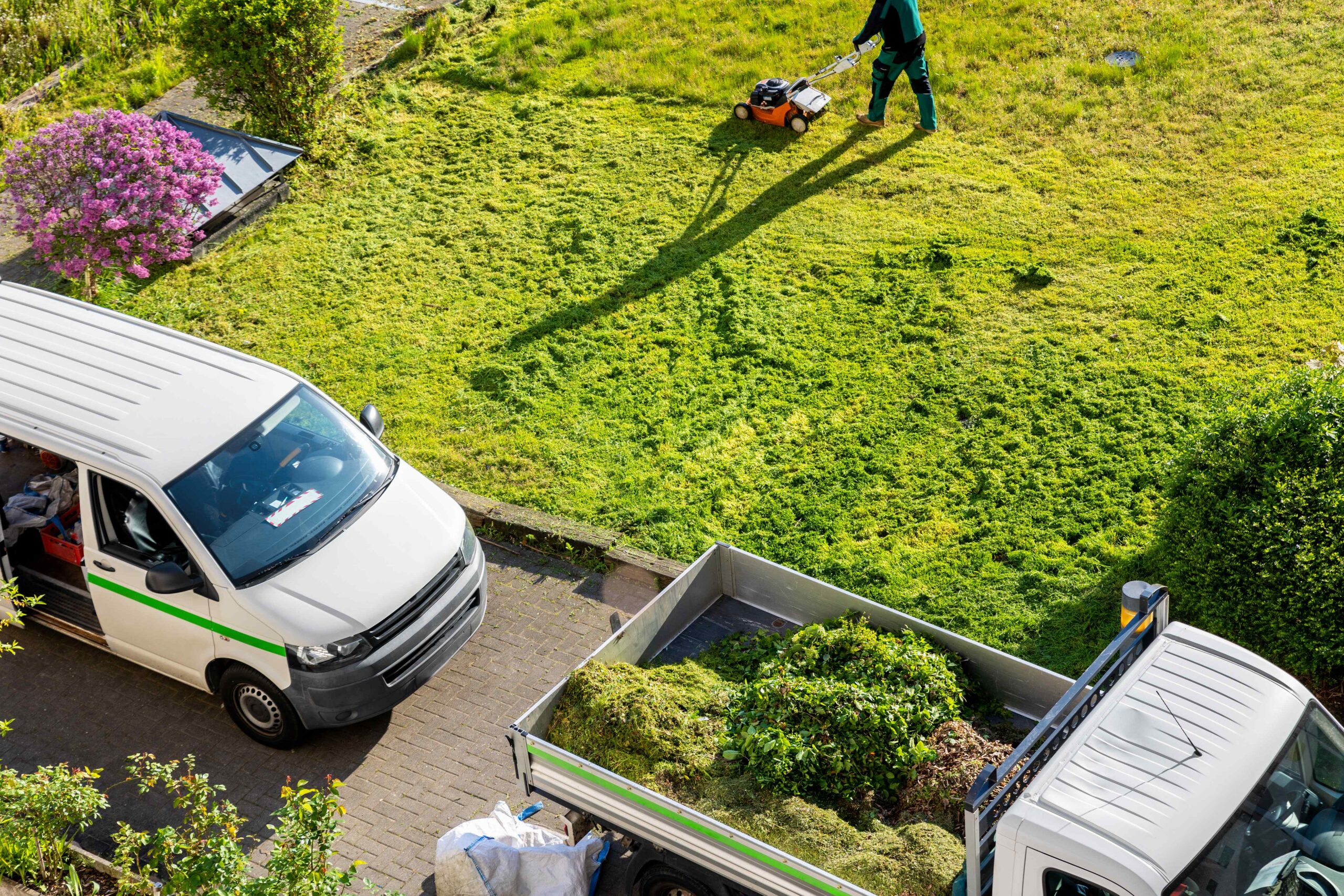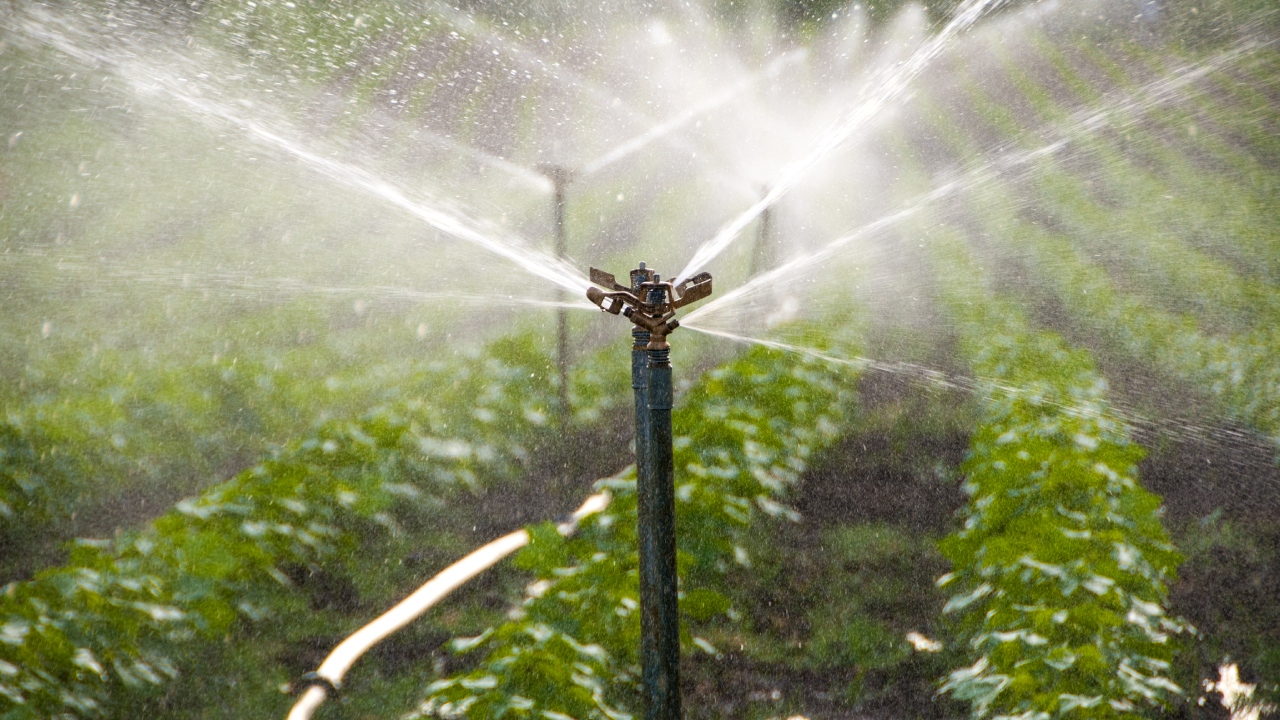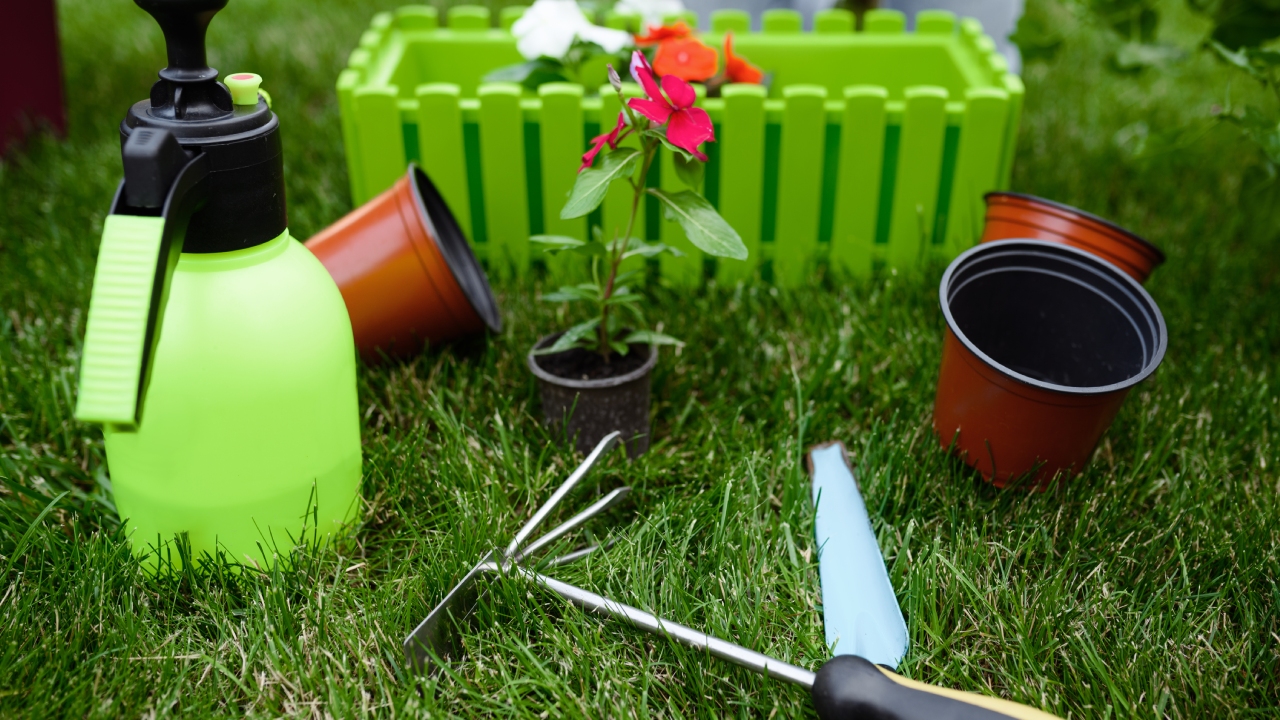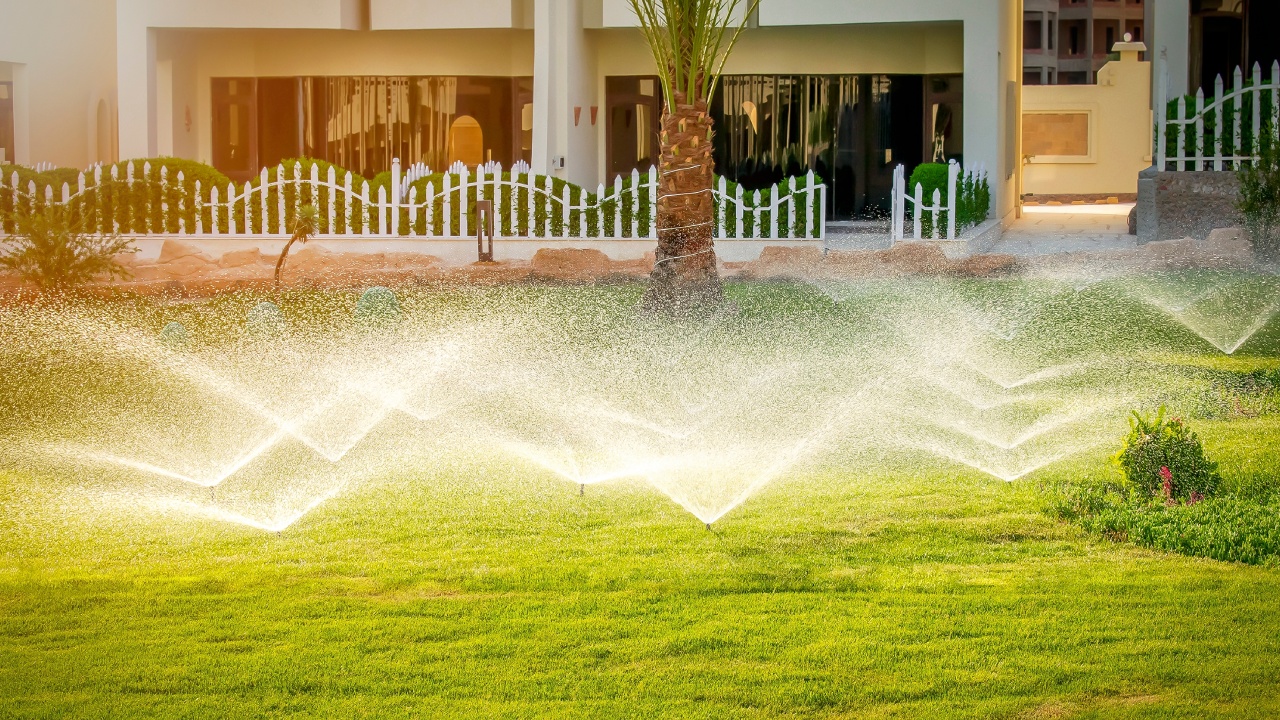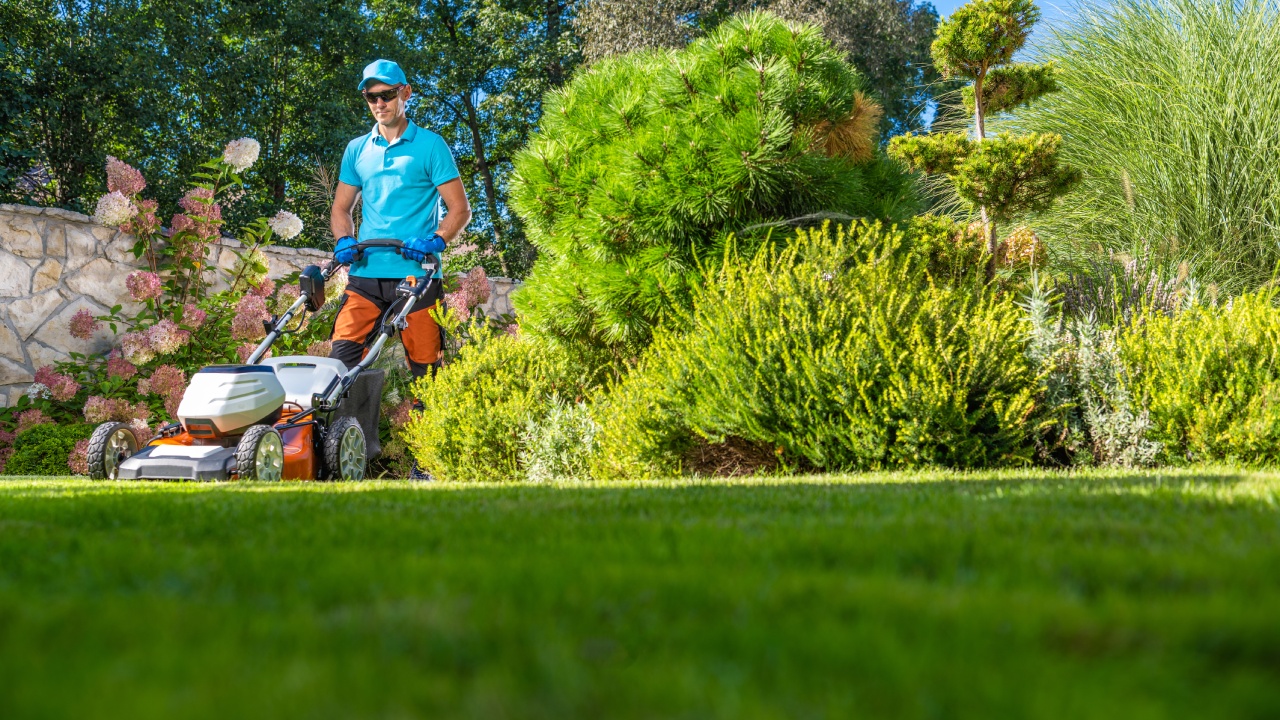A lush, green lawn not only increases the beauty of your property but also acts as an asset to the urban environment. It provides cool and clean air to breathe, reduces glare and noise, and filters the pollutants out of the growth. It’s a blessing for your family as well as for the environment.
Just like other states, Florida too suffers from nutrients deficiency, salinity, temperature extremes, over or under-watering, soil problems, and prolonged exposure to shade or traffic. It means getting a healthy lawn is a challenging job for Florida residents.
Sometimes, these problems arise due to the lack of information. So in this guide, we discussed ways to take care of your lawn in different seasons along with other details.
Types of grass grown in Florida lawns
- Bahia- Has outstanding drought and heat tolerance ability and can thrive in different conditions.
- Bermuda- Grows more actively from late spring through hot summers and is more sensitive to cold temperatures.
- Centipede- Grows well on sandy soils with limited nutrients and can tolerate acidic soil.
- St. Augustine- Spread by aboveground stolons, it is dark green-colored with broad and flat blades.
- Zoysia- Can tolerate exposure variations in sunlight, water, and temperature. Also, it is resistant to weeds, insects, and diseases.
Types of weeds affecting Florida Lawns
- Crabgrass- Thrives in the heat and sprawls anywhere it finds sunlight, water, and bare soil.
- Dollarweed- Thrives in a warm season and has silver dollar-shaped leaves.
- Perennial kyllinga- Grows in areas with poorly drained or frequently wet yards.
- Doveweed- Grows late in the spring and prefers wet areas.
- Spurge- Grows quickly in the summer season and low to the ground.
- Chamberbitter- Grows in early summer and broad leaves with a well-developed taproot.
Ways to take care of Florida lawns in different seasons
According to experts, you should hire professionals for lawn care services in Florida as they are trained and experienced and know to deal with lawn problems easily and effectively. Also, they have different methods to take care of the lawns in different seasons.
If you are planning for DIY lawn care, follow the below-mentioned tips.
In the summer season– As a result of excessive hot temperature in Florida, your lawn might suffer from drought or drought-like conditions. So you should water it regularly and make sure your lawn has about 1 inch of water per week. The soil should be wet several inches. You should learn the ways to identify signs of drought stress.
In the fall season– Since the beginning of the season, you should reduce the watering frequency and mow less. The fallen leaves into the grass act as organic matter, which improves the quality of the soil. You should reprogram your irrigation system to reflect winter watering.
In the winter season– Usually, the growth of the grass slows down in the winter so you get enough time to prepare for other seasons. Water your lawn whenever needed as water requirement reduces in this season. In case you find weeds, call lawn care service providers for post-emergent control options.
In the spring season– You should continue to mow and water like winter season. You should increase the frequency of the process if the temperature rises. You should even keep a check on the growth of weeds and treat them immediately. You should take many other preventive measures before the summer season marks the entry.
Lawn care and maintenance can be very tricky. Sometimes, the ways discussed above may not work and you would need alternative solutions of which you are not aware. So, it’s good to work with a professional lawn care service provider for Florida lawn.


